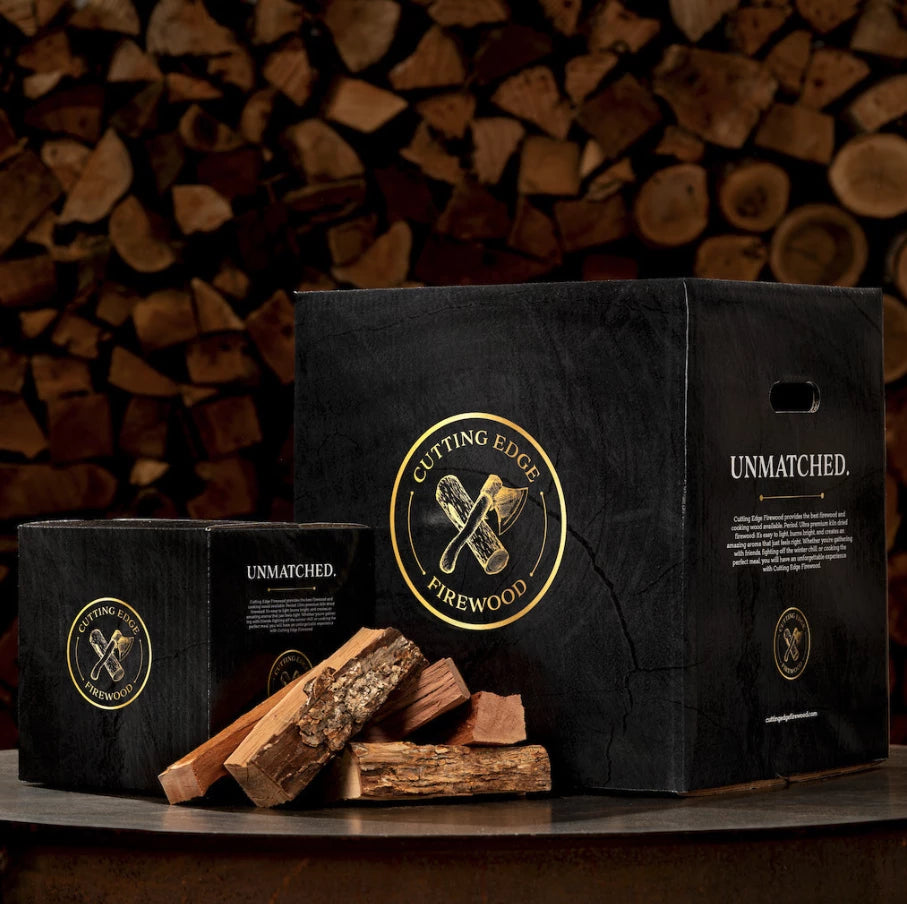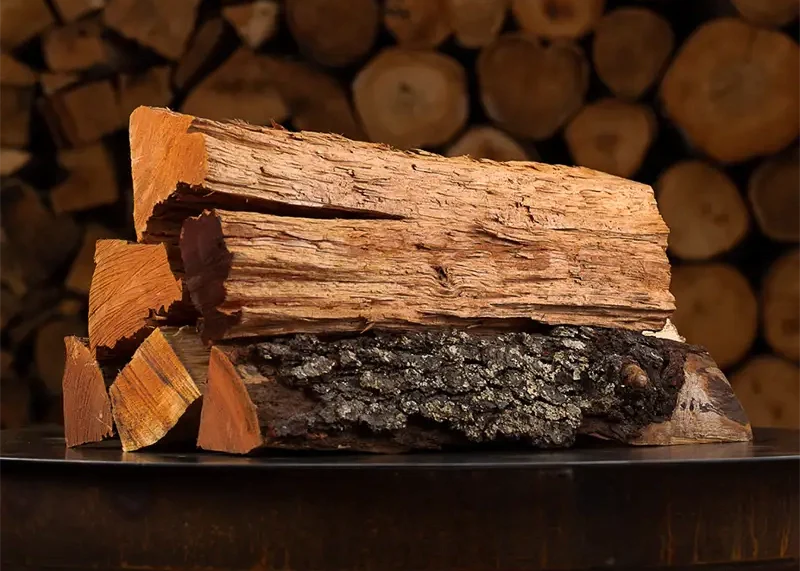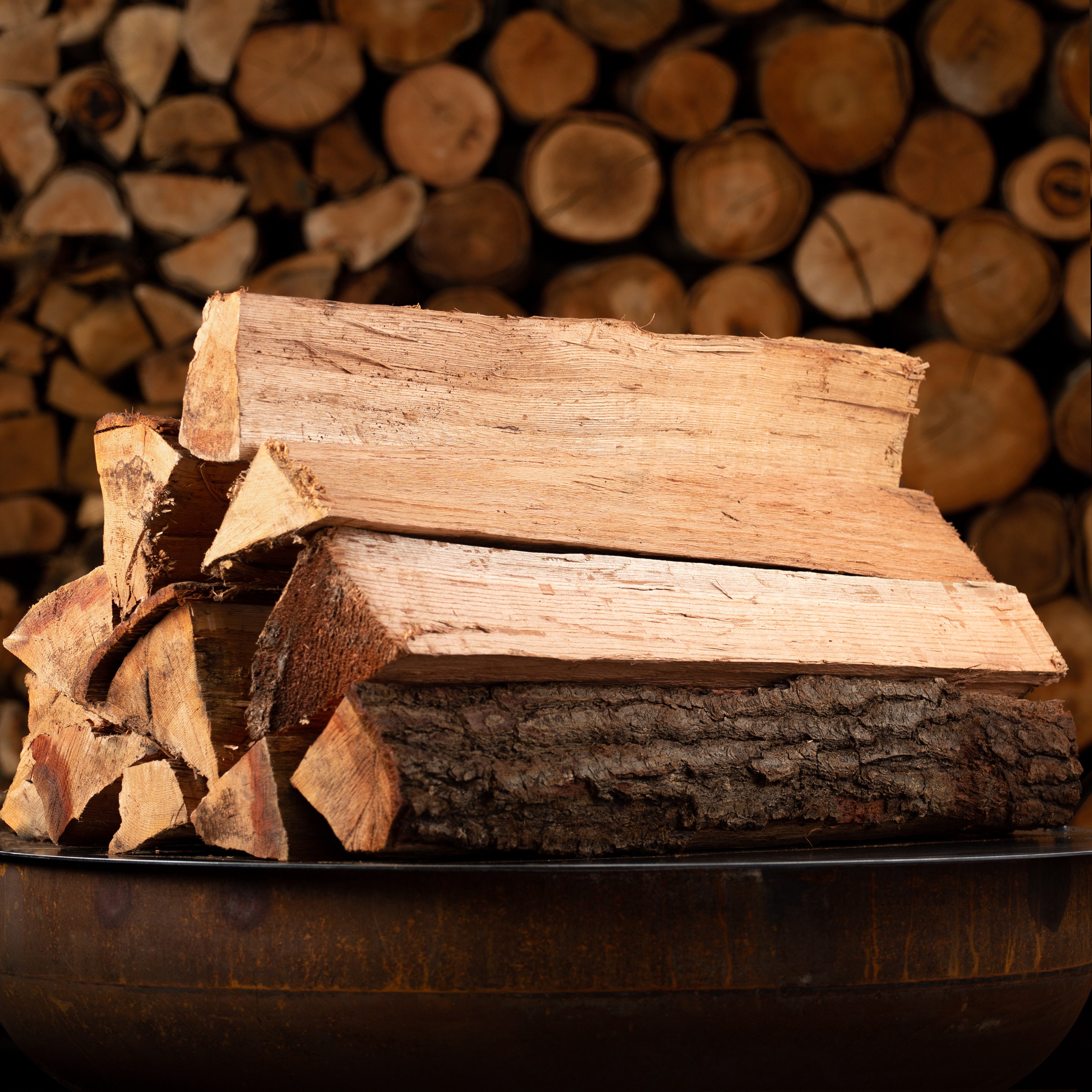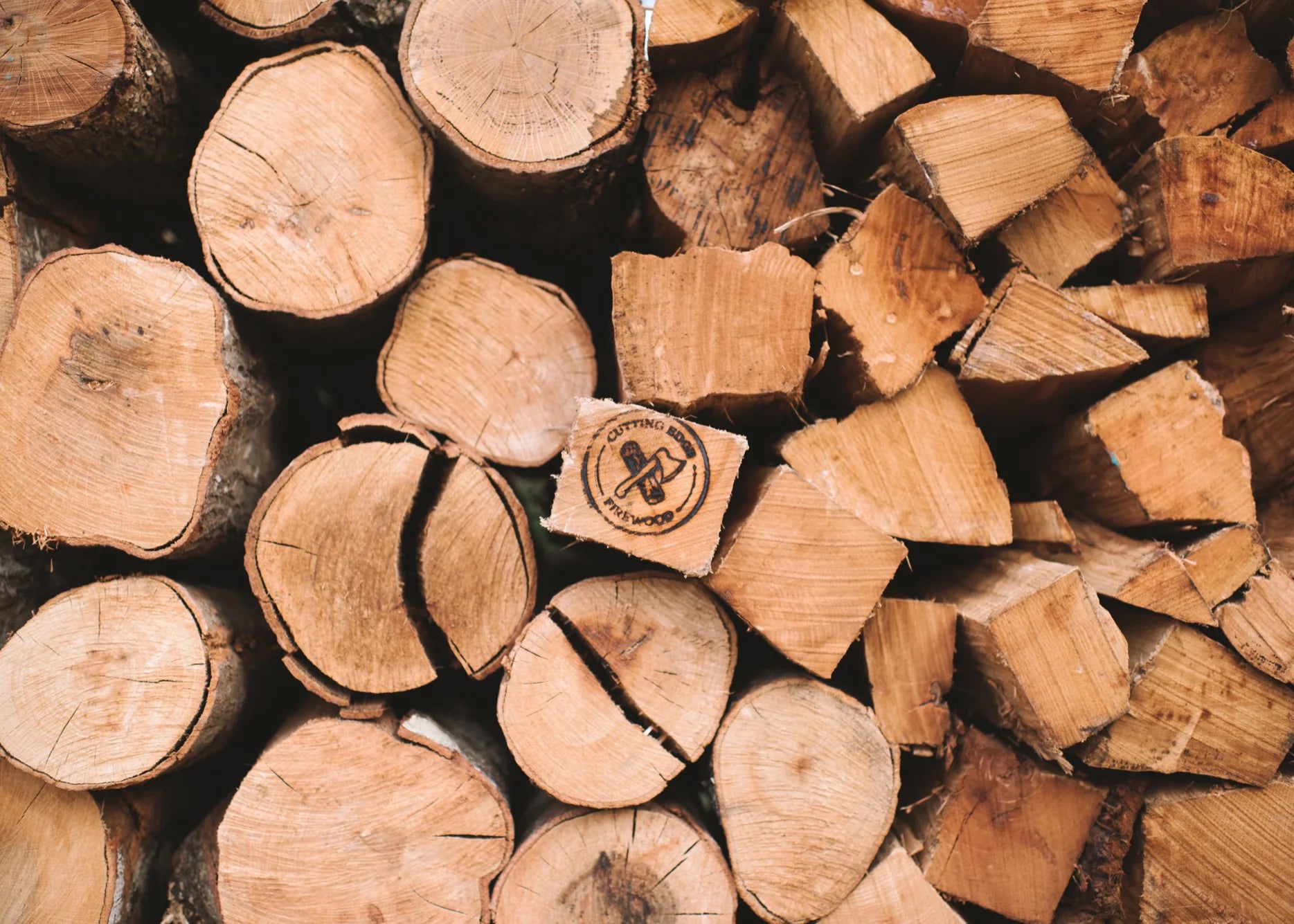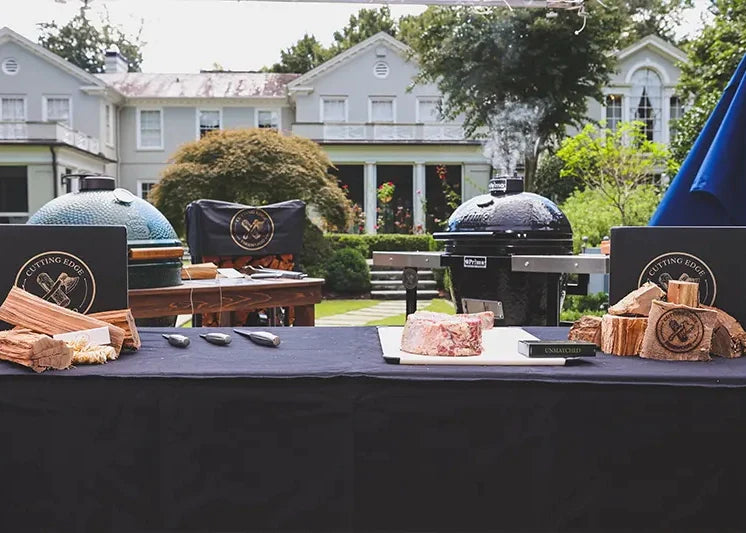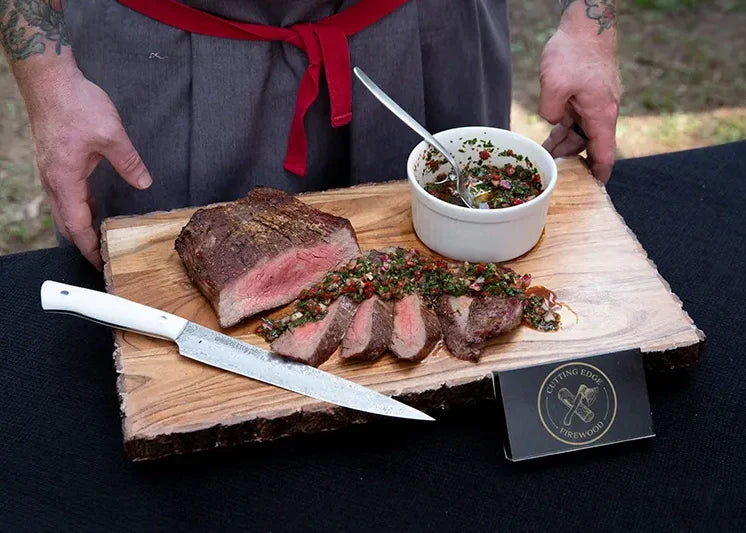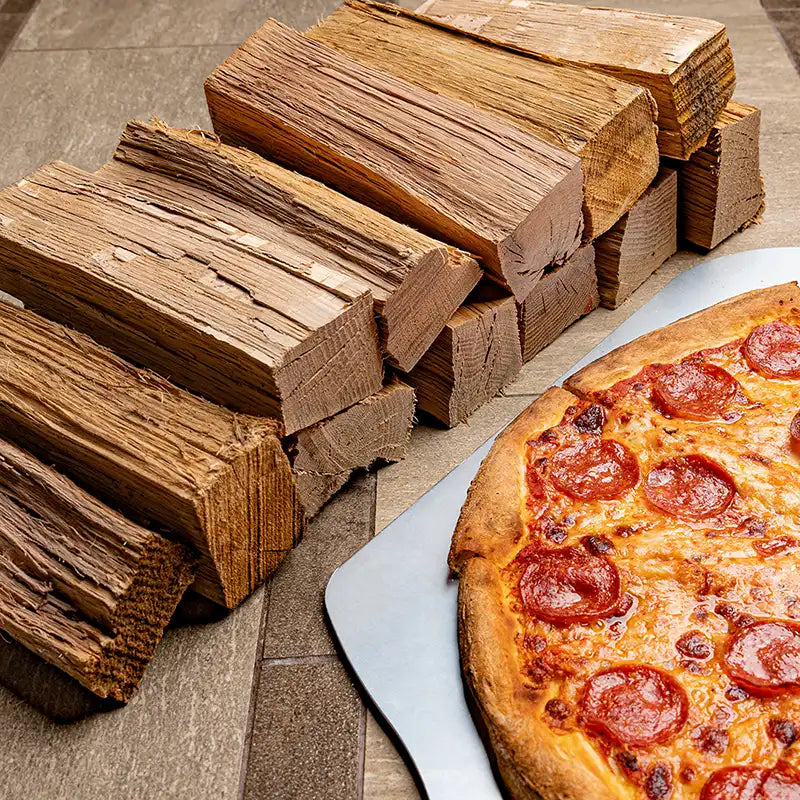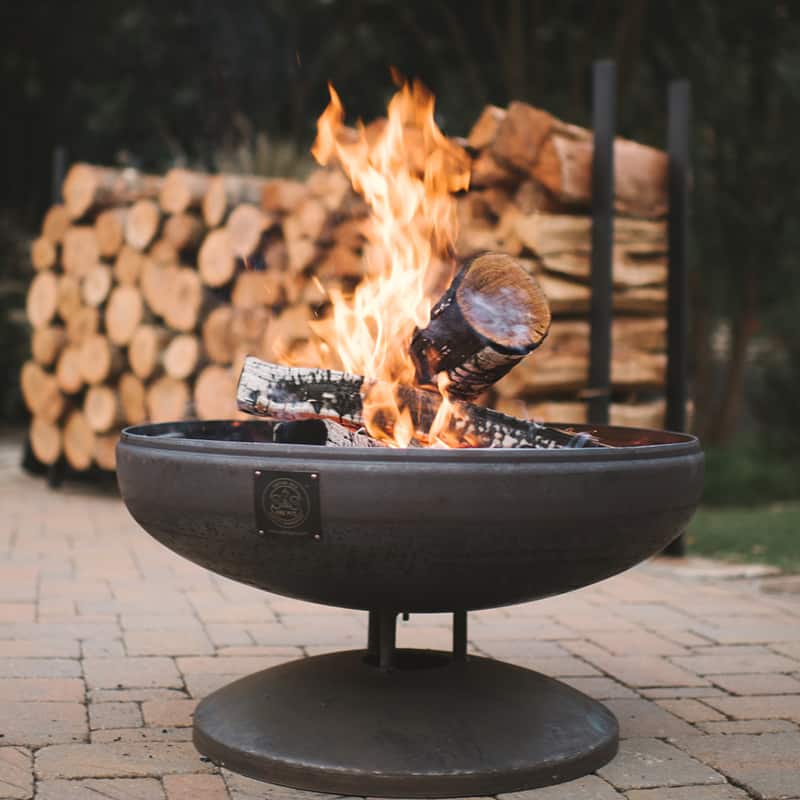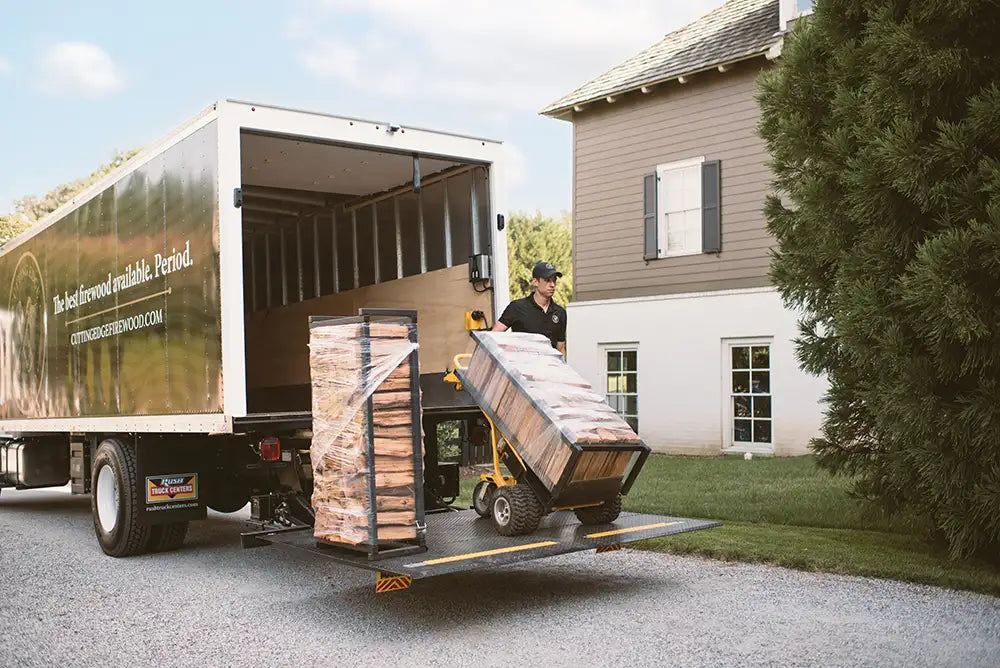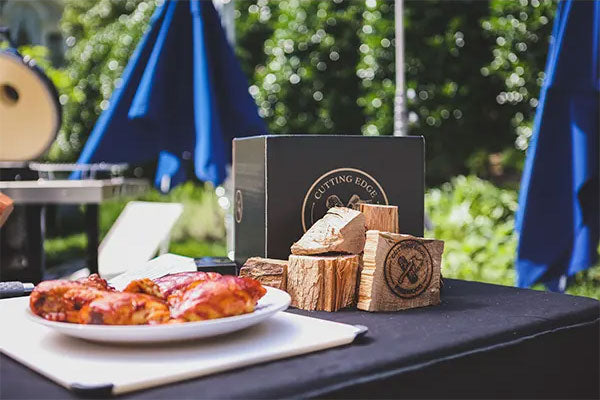There’s a simple, profound pleasure in sparking a smoker. The kindling of flame against fuel, the soft murmuring of the fire as it begins to build strength, and the sweet, heavy scent of woodsmoke in the air — these are the soulful moments that define the art of smoking meat.
This age-old culinary technique taps into something deep within us, something primordial, capturing our senses and tying us closer to the natural world. We’re here to shed an illuminating light on this time-honored cooking tradition.
Let these six tips for smoking meat guide you like the warm, inviting flickers of a campfire to a world of gastronomic delights that celebrate the primal connection between fire, food, and fellowship.
THE ART OF SMOKING MEAT
At the heart of smoking meat are three essential elements: smoke, heat, and time. The interplay between these components brings out tantalizing flavors and textures, transforming simple cuts of meat into gourmet delicacies.
The craft of smoking meat has its roots deeply embedded in history, dating back to ancient times when preserving meat was a survival skill rather than a culinary art. Today, that tradition endures, often embodied in the role of the pitmaster — a role that blends artistry and craftsmanship, demanding patience and understanding of this time-honored cooking technique.
From the sizzling pits of Texas, North Carolina, Kansas, and Tennessee, renowned for their signature BBQ, to backyard grills across the nation, smoking meat remains an enduring tradition. Recent years have seen a resurgence in interest, with home cooks exploring this age-old technique, refining their skills, and delighting in the culinary rewards.
No longer relegated to humble cuts, the world of BBQ has evolved, with high-end cuts like Wagyu now commonplace. As we delve into the world of smoked meats, remember: the right choice of meat, smoker, and wood can make all the difference.
1. BUY THE RIGHT SMOKER
The selection of the right smoker is key to achieving the flavors and textures you desire. Each type has its strengths and experiences, and your choice may depend on your preference for convenience, control, and flavor.
Electric smokers, for instance, offer a hands-off cooking experience, using a heating element to ignite wood chunks and maintain a consistent temperature. Pellet grills and smokers offer precise temperature control — but won’t impart as rich a flavor as their wood-fueled counterparts.
Offset, barrel, or horizontal smokers burn wood or charcoal in the firebox, which then radiates heat and smoke into the cooking chamber. Propane smokers, while convenient, can sometimes impart an unsatisfactory taste.
Charcoal smokers, including popular kettle grills, use charcoal as the heat source, with wood chips or chunks layered on top to generate smoke. They can infuse your meats with a deep, smoky flavor that is reminiscent of food cooked over an open fire.
The purity and richness of your wood are paramount, as it is the very essence of the flavors you will coax from your meats. Your wood should be dry, solid, and clean, free of excess moisture that can dampen the fire's vivacious spirit and devoid of hidden critters that could introduce unwanted elements into your sacred culinary space.
2. KEEP AN EYE ON YOUR TEMPS
Embracing the art of smoking meat means immersing yourself in the realm of carefully controlled heat. The marriage of fire and meat is an ancient one, as old as the first hunters. The key to mastering this primal union lies in understanding two fundamental principles: direct and indirect heat.
INDIRECT HEAT
Most common in smoking, indirect heat gently coaxes the flavors and textures from the meat, transforming it over hours into a succulent delight. Imagine a brisket or a pork shoulder, robust and rugged, surrendering to the persistent whisper of heat. Over time, the tough, connective tissue breaks down, blossoming into tender, flavorful morsels that melt upon the tongue.
Just as a river carves a canyon over time, the slow and steady application of heat in smoking is what truly transforms the meat. The ideal temperature for smoking often hovers between 215 and 250°F, but remember — each type of meat has its own unique relationship with fire.
For instance, you can enjoy a more succulent bite of chicken if you cook it at slightly lower temperatures for longer amounts of time. Using a reliable meat thermometer helps to ensure that each cut reaches its ideal internal temperature.
DIRECT HEAT
While less common in smoking, direct heat occurs when you place the meat directly over the heat source, inviting a more intense, burning warmth. You might use direct heat to sear the surface of your meat, locking in flavors and adding a satisfying crust before transitioning to the gentler embrace of indirect heat smoking.
However, we generally recomend the reverse sear. In this technique, you’ll cook your meat at a low temperature with indirect heat and then “sear” the meat over direct heat. This is preferable for most meats, including pork chops, chicken breast, pork tenderloin, burgers, chicken breast, and especially steaks. With the reverse sear, you’ll get a perfect balance of rich, savory flavor and juicy texture.
3. SELECT THE RIGHT WOOD
The heart of any smoke-infused culinary creation is the wood itself. Just as the meat you select carries its own unique taste, so too does the wood you use to smoke it.
HICKORY
Hickory is the stalwart of the smoking world, lending a robust and hearty flavor to your meat. Picture the mighty hickory tree standing tall and strong in the forest. Its wood is just as impressive, infusing a deep flavor that complements robust red meats like rich beef brisket.
MESQUITE
Mesquite embodies the spirit of the wild, earthy and potent. The smoke from this wood has a personality all its own, popular in the Texas-style BBQ that many enthusiasts yearn to recreate. The boldness of mesquite pairs beautifully with substantial cuts like brisket and spare ribs.
It’s also important to note here that, while BBQ may have had humble beginnings, this culinary art form has evolved far beyond simple pulled pork. Now, many high-end BBQ eateries offer luxury BBQ made from premium cuts of meat, such as wagyu beef. When you’re smoking such a premium cut of meat, it’s important to also choose premium firewood as your fuel source.
FRUIT WOODS
For a lighter touch, fruit woods such as apple and cherry offer a sweetly subtle smoke that can enhance your meat without overpowering it. Consider the scent of an apple orchard in the fall, and you have a hint of the flavor these woods impart. They provide a delicate counterbalance to rich meats like pork ribs or pork butt.
CHOOSE YOUR FORM OF WOOD
The form the wood takes also matters — chunks, split logs, and wood pellets each have their place. However, wood chunks provide a hotter, more stable, and more flavorful burn than wood pellets do, which makes them our top recommendation for smoking meat.
Consider the smoker you're using and the duration of the cook. Remember, the goal is a gentle, steady stream of smoke, not a billowing cloud. Over-smoking can imbue your meat with a bitter flavor. This is where the quality of your wood can make a difference in the richness of our flavor.
In the end, smoking meat is a journey of the senses. A journey of smoke, fire, and flavor that ties us to our earliest ancestors.
4. FLAVOR YOUR MEAT
Before your meat even touches the smoker, your quest for smoky perfection begins with careful preparation. Just as a patient gardener tends to his soil before planting, a successful pitmaster will take the time to meticulously prep their meats for smoking. This can be done through the use of marinades, dry rubs, brines, or injections.
MARINADES
Marinades are akin to a gurgling river, meandering its way through the valleys of your meat, depositing flavor in its wake. Typically a mixture of acid, oil, and spices, marinades bathe your meat in a wellspring of moisture and flavor, as a morning dew covers a field of wildflowers.
Leaving your meat to soak in a marinade for hours, or even overnight, allows these flavors to penetrate deep, settling in so that you can experience it in each bite of the end result.
DRY RUBS
A delectable blend of herbs and spices, dry rubs are massaged into the meat, forming a flavorful crust that sizzles and sears to perfection under the heat of the smoker. The result is a cacophony of flavors that hit your taste buds like a forest bursting to life in the spring, each spice adding its unique tang and richness to the overall flavor.
BRINES
A solution of salt and water, brines are a pitmaster's secret weapon for ensuring moisture and tenderizing their meat. Brines soak into your meat, bringing a gentle wave of saltiness and flavor that accentuates the meat's natural taste.
INJECTIONS
Injections, often composed of flavor-filled syrups or broths, act like the arteries of your meat, getting deep into its heart and ensuring that each bite is juicy and full of flavor.
This technique gets right to the core of your meat, infusing flavors that blossom with every bite.
However, it’s important to be careful, as it’s easy to overpower the taste of the meat. Sometimes, the simplicity of olive oil, salt, and pepper is all you need to bring out the rich, natural flavor of your meat.
THE IMPORTANCE OF REST
No journey through nature is complete without moments of rest and reflection, and smoking meat is no different.
Allowing your meat to sit at room temperature before smoking ensures even cooking, while another rest after the heat of the smoker has done its work lets the juices redistribute.
This pause results in a juicier, more flavorful final product, enhancing the symphony of flavors and textures you've so carefully crafted. So take a cue from nature and give your meat the rest it needs to become a true masterpiece of the smoker.
5. KEEP SMOKE UNDER CONTROL
Mastering the art of smoking requires you to control the smoke.
The process begins by lighting your heat source, be it charcoal for a charcoal grill or smoker, propane for a gas grill, or an electric element for an electric smoker. Cooking with real wood carries the flame of authenticity, giving a deeper and more complex flavor to your smoke.
Controlling temperature is the key to balancing the flavor and texture. Your smoker's vents are vital, allowing you to adjust the temperature as needed. Aim for a low temperature for the slow cooking process inherent to smoking. Many meats thrive at around 225°F, a slow burn like the setting sun.
An internal thermometer can help monitor both the internal meat temperature and the temperature inside your cooking chamber. The goal internal temperature depends on the meat; for instance, pork shoulder or pork butt is typically done at 203°F internal temperature, while beef brisket shines at around 205°F.
Some meats may require additional moisture during the smoking process. Depending on the cut of meat you’re using, consider placing a water pan in your smoker to help maintain humidity or basting your meat periodically to prevent the surface from drying out.
Remember, smoking meat is a slow and deliberate journey, a meditative process that can span several hours, depending on the type and size of your cut. Approach this process with tenderness and patience, and your meat will reward you for it.
6. DON’T FORGET THE FINISHING TOUCHES
Like the final brushstrokes on a picturesque landscape, the finishing touches in smoking meat bring the entire process together into a harmonious blend of flavors and textures.
Consider techniques such as the Texas Crutch. This method involves wrapping your meat in aluminum foil during the final stages of cooking, which can keep the meat moist and tender and help it push through a stubborn temperature plateau known as "the stall,” which often occurs when slow-cooking large cuts of meat.
As the sun sets on your smoking process, glaze your masterpiece with BBQ sauce, painting another layer of flavor onto your canvas. Choose a sauce that complements the flavors imparted by your wood and your marinade or rub for a harmonious end result.
Once your meat reaches the desired temperature, remember to remove it from the smoker and let it rest, allowing the juices to redistribute throughout the meat for a moist and flavorful final product.
KEEP PERFECTING YOUR GRILL SKILL
Smoking meat is an art form that evokes the deepest roots of our connection with nature. The elements of fire and smoke, combined with the bounty of the earth, offer a primal, gratifying experience that goes beyond mere sustenance.
Attaining the perfect smoke requires quality cuts of meat, an understanding of the smoking process, the right smoker, and of course, the right wood. While poorly chosen wood can devastate the flavor and even affect the safety of your meal, carefully chosen, high-quality wood will enliven the flavors and add a natural, smoky touch that speaks to the heart of this ancient cooking method.
This is where Cutting Edge firewood comes into play, offering a range of premium woods specifically designed for smoking. Each piece of our firewood is hand-selected and undergoes a rigorous drying process, ensuring you only receive the very best — firewood that lights easily, burns brightly, and exudes an inviting aroma that will enrich your cooking experience.
Whichever type of wood calls out to you, our white-glove delivery service ensures that these curated selections arrive at your doorstep, ready to transform your smoking experience.
Sources:
How The 'Texas Crutch' Can Improve Your Brisket | The Tasting Table
What is barbecue sauce? | Association of Dressings and Sauces
Smoking Meat and Poultry | Food Safety and Inspection Service

